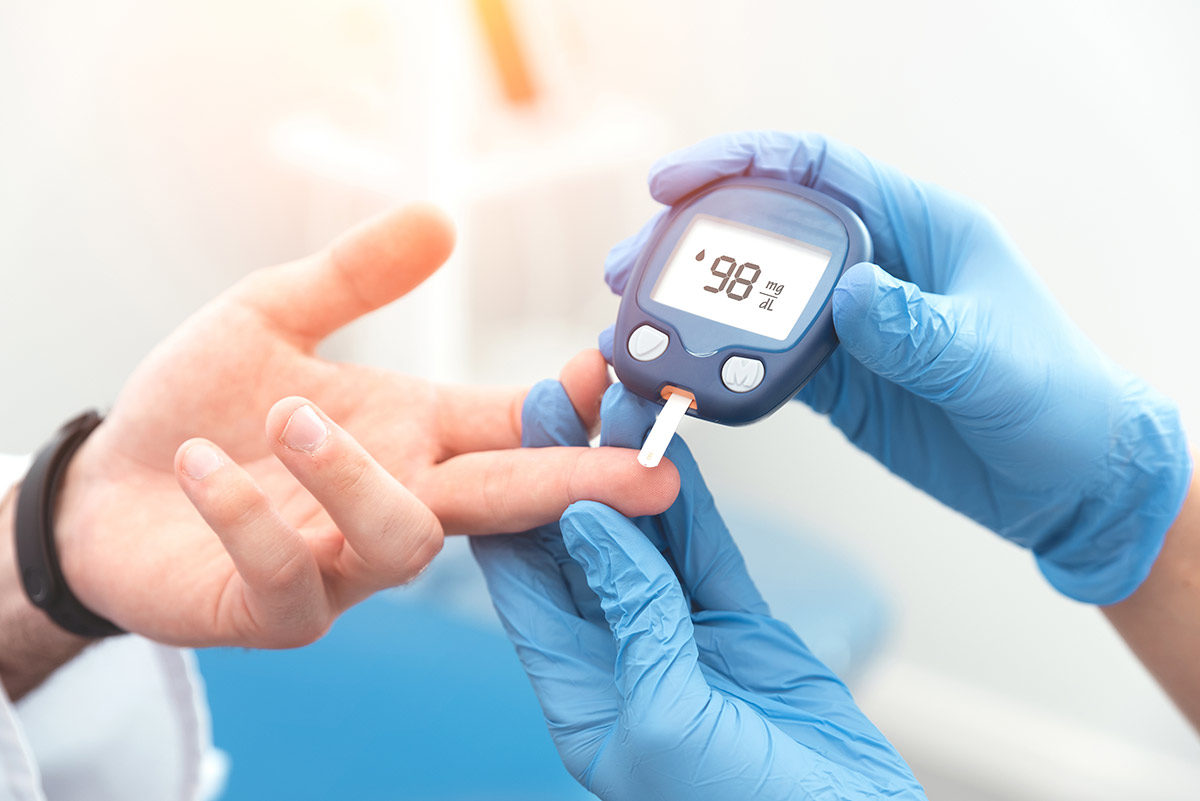Understanding diabetes A1c tests
According to the World Health Organization (WHO), the number of people worldwide with diabetes rose from 108 million in 1980 (4.7% of the adult population), to 422 million in 2014 (8.5% of adults). Diabetes is a chronic disease where the body cannot effectively manage the level of blood sugar because of issues with insulin, the molecule which moderates blood sugar levels. These issues may either be due to impaired insulin production (type 1 diabetes) or because of an acquired inability to use insulin effectively (type 2 diabetes).
Diabetes adversely affects the vascular system, causing serious consequences:
- Heart attack and stroke: diabetes increases the risk 2-3 times
- Neuropathy (nerve damage)
- Retinopathy (eye disease): may lead to blindness
- Kidney disease: diabetes is a leading cause of chronic kidney failure
- Peripheral vascular disease
- Premature death
The good news is that diabetes can be diagnosed, monitored, and managed, greatly lowering the risk of adverse outcomes. This is largely due to improved diabetes testing using the glycated hemoglobin test, otherwise known as the HbA1c or A1c test.

Diabetes testing for diagnosis and management is primarily based on measuring glucose (sugar) levels in the blood. The simplest way to do this is by measuring the blood glucose level. However, this method of monitoring diabetes is limited by the fact that it only tells us the person’s blood sugar status right now. The blood glucose level will change with every meal, and even minute by minute, hour by hour through the day. Fortunately, the widespread introduction of the A1c test into routine laboratory practice has added a much more powerful tool for the diagnosis and management of diabetes.
What does the A1c test measure?
The A1c test measures the attachment of blood glucose to hemoglobin A (HbA, normal adult hemoglobin) in red blood cells, forming glycated hemoglobin. The amount of glycated hemoglobin is proportional to the level of glucose in the bloodstream. This can be measured as a weighted ratio of glycated hemoglobin to total hemoglobin. The attachment of glucose to hemoglobin is very strong, lasting for the entire 120-day lifespan of hemoglobin-containing red blood cells. Thus, a person’s A1c level gives a measure of glycemic control over the three-month period preceding the test. In this way, an increase or decrease in blood sugar levels will be captured over time in the A1c measurement. This provides diabetics and clinicians with a reliable way to track diabetic control.
The A1c measurement has proven particularly valuable because it has been found to have prognostic value; it is predictive of outcomes for the complications of diabetes. Therefore, the A1c test allows clinicians and patients to make informed decisions for the diagnosis and management of diabetes.
Although diabetes is a chronic disease with serious potential adverse outcomes, the risk of adverse health effects can be reduced and even nullified with proper management. The A1c test is a cornerstone of successful management of diabetes. Streck offers quality control products for the clinical lab. Unlike other A1c controls and linearity products available, A1c-Cellular® and A1c-Cellular® Linearity are uniquely formulated with intact red blood cells to test the entire A1c test procedure. This helps to ensure the best results when testing for active diabetes.


CLIA Announces New 2024 Updates

